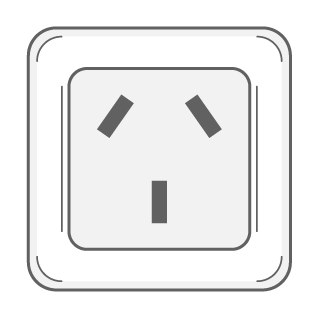Entering Argentina
For information about visa requirements and maximum duration of your stay, please follow the guidelines provided by the Argentinian consulates and embassies.
If you require visa please contact us so that we can send you an invitation letter.
From the airport
Buenos Aires is served by two airports. The main international airport is Ministro Pistarini Airport, also known as Ezeiza, located about 30 km from Buenos Aires. Many flights to and from neighboring countries use the smaller Aeroparque Jorge Newbery airport, a short distance from downtown.
From Ezeiza
- By taxi: as you exit customs you will find several booths offering taxi services, where you can prepay your trip. Manuel Tienda León is a well established company also providing coach services. Another good option is Taxi Ezeiza. You will find their desk further out, in the main arrival area of the airport. Hailing a curbside taxi is not recommended.
- By coach: Manuel Tienda León offers bus trips to their Av. Eduardo Madero 1299. The coaches leave every half hour, less frequently during evenings. A smaller, shared van will deliver you to any downtown address for an additional fee.
From Aeroparque
- By taxi: You can prepay your trip at the desk of one of the taxi agencies at the arrival area of the airport, such as Remis Transfer Express, Remis Trans Air or Manuel Tienda León the trip will cost you around AR$210 pesos. There are also taxi stops (with usually a long line) just outside the airport international and domestic exits. Hailing a curbside taxi on the street is not recommended.
- By coach: Manuel Tienda León offers bus trips to their at Av. Eduardo Madero 1299. The coaches leave every half hour, less frequently during evenings. A smaller, shared van will deliver you to any downtown address for an additional AR$55 pesos.
Buenos Aires
The city of Buenos Aires is the capital and largest city of Argentina. It has a population of more than 3.000.000 and offers a wide range of services and hotels.
For October 2020 we expect a comfortable spring weather, with temperatures between 13° and 22°.
Getting around in Buenos Aires
To get around while in the city, a good reference is wikitravel.org. The subway network (subte) reaches most touristic attractions, and several bus lines (colectivos) go all over the city. You can plan your route here. To use buses and metro, you need to buy an electronic ticketing card called SUBE and add some credit to it. See the map of selling locations.
It is usually safe to walk in touristic areas in the evening though you do not want to show up appealing electronic devices. There are pickpockets: do not leave your belongings unattended in restaurants and bars, and -especially in buses- always keep your bagpack and purse in front of you, and your money in your front pocket. It is not recommended to walk in deserted streets at any time. The usual precautions when traveling need to be applied here too.
Buses interactive map: omnilineas
CABA interactive map: How to get...
Power supply and plugs
Electric power supply in Argentina is alternating current at 220 volts, 50 hertz.
The official plug is Type I plug.

Currency and exchange rate
The Argentine currency is the Peso (ARS). Information on the official exchange rate at Banco de la Nación Argentina.
Tipping
- Restaurants: It is customary to leave a tip equivalent to 10% of the bill.
- Taxis: No tip expected, but it is standard to round up a little.
Attractions
To find updated lists of attractions in Buenos Aires, please visit TimeOut Buenos Aires. If you are planning to spend a weekend in town, it might be worth visiting the delta of the Paraná river, an area known as Tigre. More on official website.

 ENG
ENG  ESP
ESP